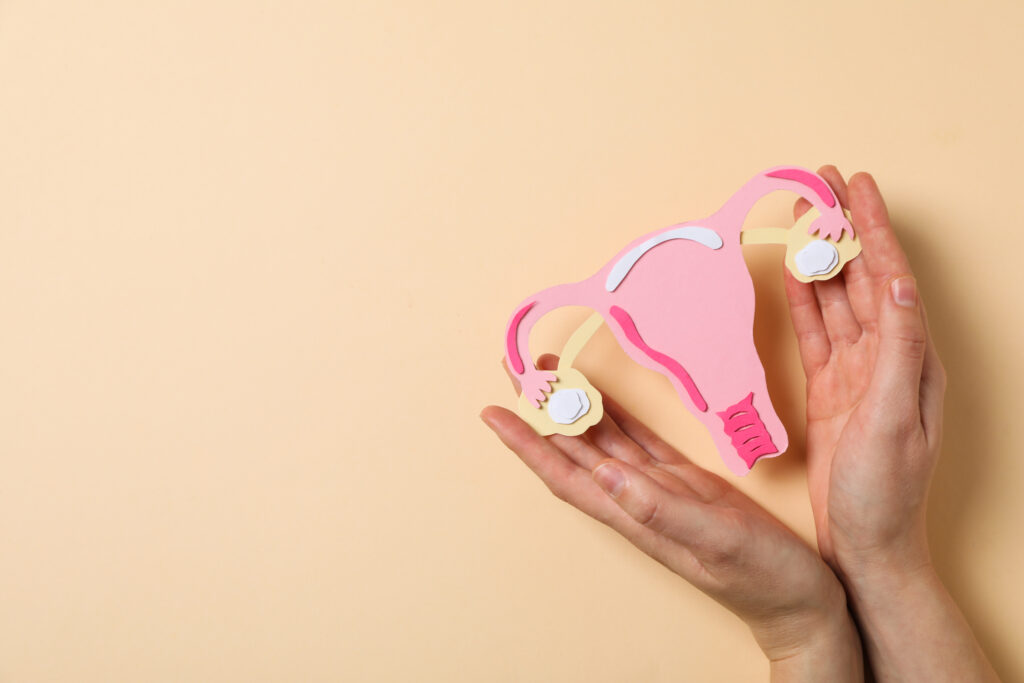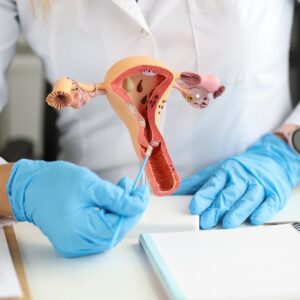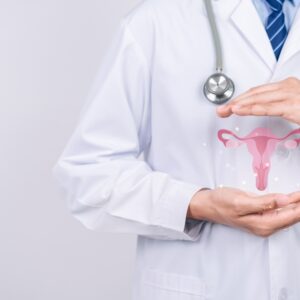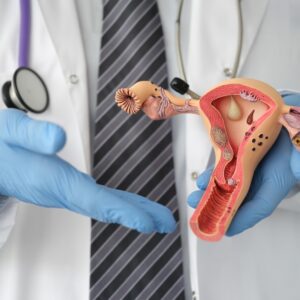Overview
Labiaplasty is a surgical procedure designed to alter the size, shape, or appearance of the labia minora (the inner lips of the vulva) and sometimes the labia majora (the outer lips). This procedure is performed for various reasons, including medical, functional, and cosmetic. Labiaplasty can improve comfort, alleviate pain, and enhance the aesthetic appearance of the genital area, boosting self-confidence and quality of life.
Procedure
During labiaplasty, the surgeon carefully trims excess tissue from the labia minora or majora and reshapes them to achieve the desired appearance. The procedure can be performed under local anesthesia with sedation or general anesthesia, depending on the patient’s preference and the extent of the surgery. Techniques may vary, but common methods include the trim technique, where excess tissue is removed along the edge, and the wedge technique, where a V-shaped wedge of tissue is removed, and the edges are stitched together.
Benefits of Labiaplasty
Labiaplasty offers several benefits, including reduced discomfort during physical activities such as cycling, running, and sexual intercourse. It can also alleviate irritation and pain caused by excess labial tissue. From a cosmetic perspective, labiaplasty can enhance the appearance of the genital area, leading to increased self-esteem and confidence. Additionally, the procedure can address asymmetry and improve hygiene by reducing excess folds of skin.
Conditions Treated with Labiaplasty
Labiaplasty is performed to treat a variety of conditions, including labial hypertrophy (enlarged labia), asymmetry, and discomfort caused by excess tissue. The procedure can also be beneficial for women experiencing physical or emotional distress due to the appearance of their labia, as well as for those seeking to improve the aesthetic balance of their genital area.
Recovery and Follow-up
Recovery after labiaplasty varies depending on the extent of the procedure and the individual’s healing process. Generally, patients can expect some swelling, bruising, and discomfort for a few days post-surgery. Most patients can return to work and light activities within a week, although strenuous activities and sexual intercourse should be avoided for 4-6 weeks. Follow-up appointments are essential to monitor healing and address any concerns.
Risks and Considerations
While labiaplasty is generally safe, potential risks include infection, bleeding, scarring, and changes in sensation. There is also the possibility of dissatisfaction with the aesthetic results. It is crucial to discuss the potential risks and benefits with a qualified surgeon before the procedure to make an informed decision and set realistic expectations.
Preparation and Evaluation
Before labiaplasty, a thorough evaluation will be conducted, including a detailed medical history review and a physical examination. Patients will receive pre-operative instructions, which may include guidelines on fasting, medication adjustments, and avoiding certain substances like tobacco and alcohol. These preparations help ensure the patient is in optimal condition for surgery.
Individualized Approach
Labiaplasty is highly individualized, tailored to meet the specific needs and desires of each patient. A skilled surgeon will assess the patient’s condition, discuss the potential benefits and risks of the procedure, and develop a personalized treatment plan. This approach ensures that the surgery is aligned with the patient’s aesthetic goals and medical needs, promoting the best possible outcomes and satisfaction.





